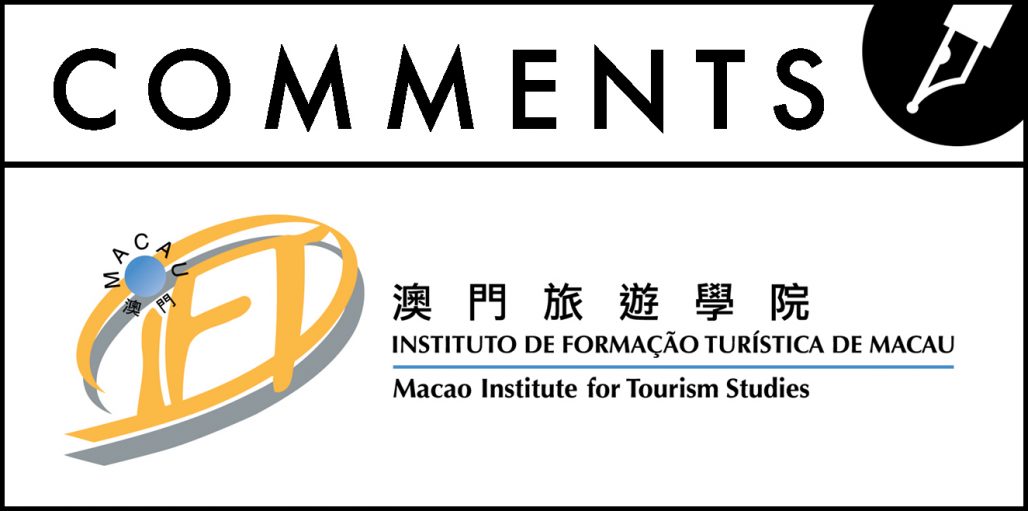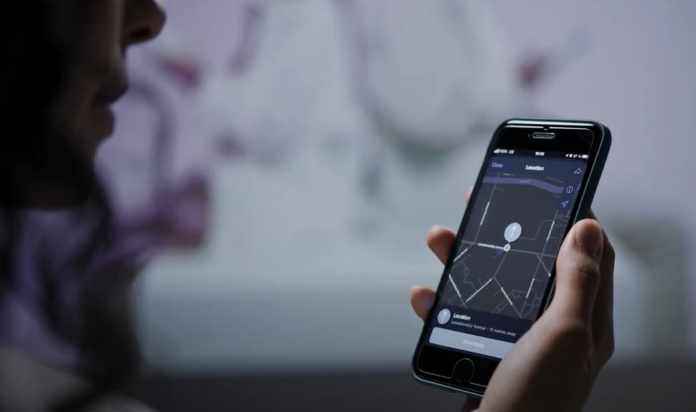IFTM Comments is a partnership between Macau News Agency and Macao Institute for Tourism Studies
By Penny Wan
Smart tourism has become a buzzword nowadays. Many people have associated smart tourism destinations with those that adopt advanced technologies (e.g. big data, Geographical Information System (GIS), and artificial intelligence (AI)) to collect data on visitors’ behaviors and predict future patterns, to assist in service delivery (e.g. robots), and to facilitate visitors in retrieving information more easily (e.g. Apps). However, the roles played by accessibility in smart tourism destinations are often neglected.

Accessible tourism aims to enable people to travel with ease by providing them with universally designed environment, products, and services that consider individuals’ characteristics and physical abilities. An inclusive and universally designed environment enables visitors to travel smartly as they can travel easily and independently with dignity and joy. It is especially important for people who are physically challenged, such as people with disabilities and the elderly who are growing in numbers globally. Research reveals that accessible tourism destinations could attract a wider range of visitors, particularly those with disabilities who are usually loyal customers to the destinations that provide accessible facilities, services, and environment, and who will normally be accompanied by an average of 1-3 of their family members or friends on a trip. Thus, the potential economic benefits that are generated by this segment can be enormous.
Tourism destinations that provide a universally designed environment can seek to improve their tourist facilities by applying the seven universal design principles.
1. Equitable in use – The design is useful to all visitors regardless of ability, age, or culture (e.g., a sign using pictures is more easily understood by visitors).
2.Flexibility in use – The design offers choices that accommodate a wide range of individual abilities (e.g., stairs and ramps are provided to people for their convenience).
3. Simple and intuitive – The design is easy to understand, without needing to have any relevant prior knowledge and experience (e.g., a user-friendly kiosk).
4. Perceptible Information – The design communicates useful information effectively regardless of the user’s sensory abilities and ambient conditions (e.g., clear signage with large text).
5. Tolerance for error – The design reduces the risk of hazards or accidents (e.g., smooth pavement).
6. Low physical effort – The design can be used efficiently and comfortably with minimum physical effort (e.g., escalators).
7. Size and space for approach and use – The design has appropriate size and space for use and access, regardless of individuals’ physical characteristics and posture (e.g., restrooms with sufficient space for visitors with different needs).

Macau, being a world-famous tourism and leisure hub, has endeavored to improve the accessibility of its tourist facilities for enhancing smart traveling and visitor experiences; for instance, the available “Macao SAR Accessibility General Design Building Guidelines” provides guidance on general accessible design. The Macao Government Tourism Office (MGTO) also partners with a Macao higher education institution to promote and disseminate knowledge of accessible tourism to the local tourism industry, encouraging the practitioners to provide information on their accessible products and services on their websites. Besides, the hotel industry has organized regular seminars and events to promote accessible tourism to the local community and share their good practices.
Comprehensive studies on the accessibility of the physical facilities at major tourist attractions (e.g. signs, ramps, stairs, pavements, walkways, seats, lighting, restrooms), and an in-depth inquiry of visitors from those target segments (e.g. the elderly, children, pregnant ladies, people who are blind or deaf, and people in a wheelchair) and their companions would help acquire a greater understanding of the needs of different segments and improve the accessibility and visitors’ experiences. Smart tourism destinations do not rely solely on smart technologies, but also provide an accessible built environment that enables visitors to travel easily, independently and smartly.





















